Six Outdoor Home Improvements
Investing in a home is a significant decision that demands certainty, considering it’s a lifetime investment. The durability of your home, both inside and outside, is crucial to withstand the unpredictable elements of today’s fickle climate. According to Dan DiClerico, Good Housekeeping’s home improvement & outdoor director, the exterior features, including siding and the roof, serve as the first line of defense against the elements. Moreover, these features significantly contribute to curb appeal and are key to adding value to your home.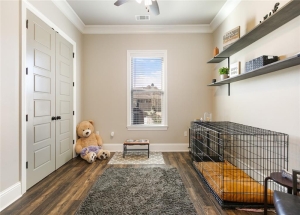
Rethink Your Roof:
An aging roof can lead to problems like leaks and pest infestations, making it a major concern for homeowners. In most parts of the country, asphalt shingles are a popular choice due to their value and performance. However, the climate plays a crucial role in determining the ideal roofing material. Metal roofs are recommended in northern areas where heavy snow is common, while concrete and terracotta tiles provide excellent protection in warm, dry regions prone to wildfires.
Upgrade Your Siding:
Siding not only enhances the facade but also plays a critical role in protecting your home from the elements and maximizing energy efficiency. Fiber cement siding, such as James Hardie’s, is a popular and durable option that requires minimal maintenance. Its water-resistant, non-combustible, fire-resistant, and pest-resistant properties make it a reliable choice. James Hardie offers various finishes, including Select Cedarmill, stucco, and smooth, to suit different aesthetics.
Don’t Forget Trim:
Trim serves as the finishing touch to your facade, enhancing curb appeal and making every feature stand out. Hardie Trim boards, available in various styles such as Rustic Grain and Smooth Batten, add the perfect touch of elegance to corners, columns, doors, and windows.
Pick Your Panes:
Windows may be overlooked, but they significantly impact a home’s style, performance, and appeal. Good Housekeeping recommends wood-clad windows with insulated glass and low-E coatings for enhanced energy efficiency. Wood-clad windows reduce upkeep and the risk of rotting and insect infestation. Composite windows, usually fiberglass-based, offer the look of real wood without the need for painting or staining, making them durable in extreme climates.
Add Hearty Hardscaping:
Hardscaping, whether in the backyard or front walkway, enhances functionality and aesthetics. Popular in drought-prone areas, homeowners are replacing lawns with hardscaping materials for easy maintenance and reduced need for irrigation. Concrete pavers for walkways provide better traction, reducing the likelihood of slips and falls, and they are less prone to cracking or crumbling compared to poured-concrete surfaces.
Light It Up:
Outdoor lighting not only showcases architectural features but also ensures safety after sundown. Different layers of light, including task lighting for pathways and front doors, and accent lights for trees and architecture, create a visually appealing and safe environment.
Fortifying your home’s exterior features is not just about protection but also about enhancing its aesthetic appeal and long-term value. By considering durable materials and their suitability for your climate, you can make choices that stand the test of time.

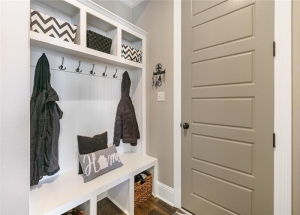
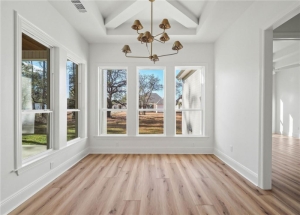
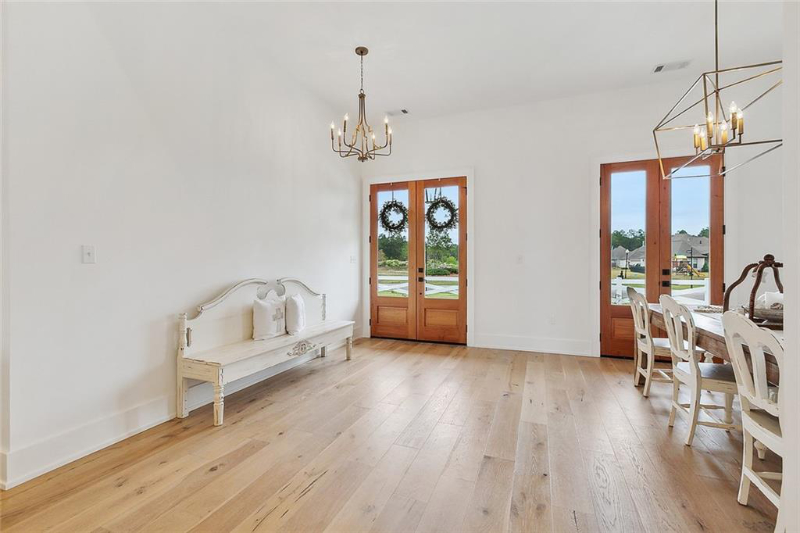
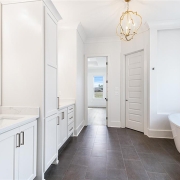
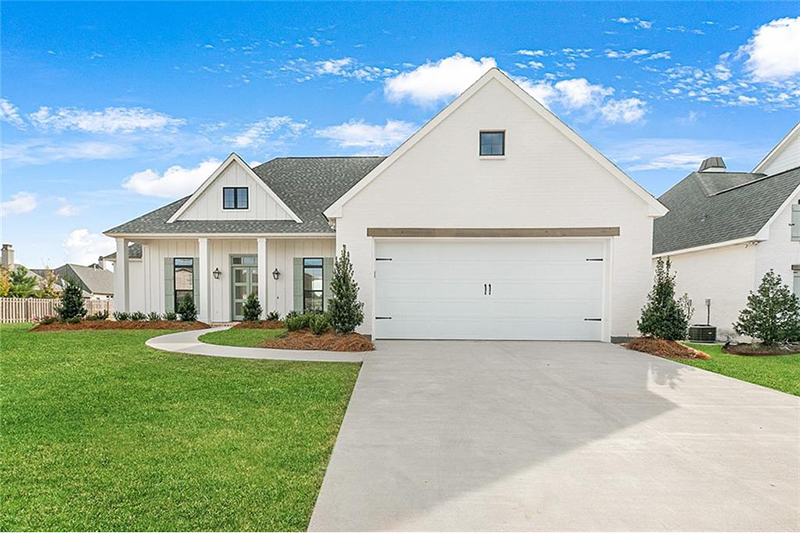
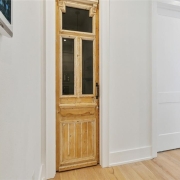
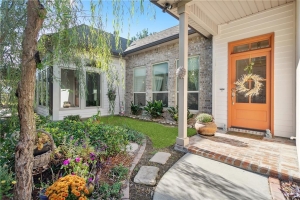 shadow are an architect’s most important tools when it comes to thinking about exteriors,” says architect Nicholas Potts. Another important factor is the greenery surrounding the exterior. You want to use the grass and plants that work best in your environment. For example, if you live in a desert environment you will want to use low-maintenance, drought-tolerant plants.
shadow are an architect’s most important tools when it comes to thinking about exteriors,” says architect Nicholas Potts. Another important factor is the greenery surrounding the exterior. You want to use the grass and plants that work best in your environment. For example, if you live in a desert environment you will want to use low-maintenance, drought-tolerant plants.